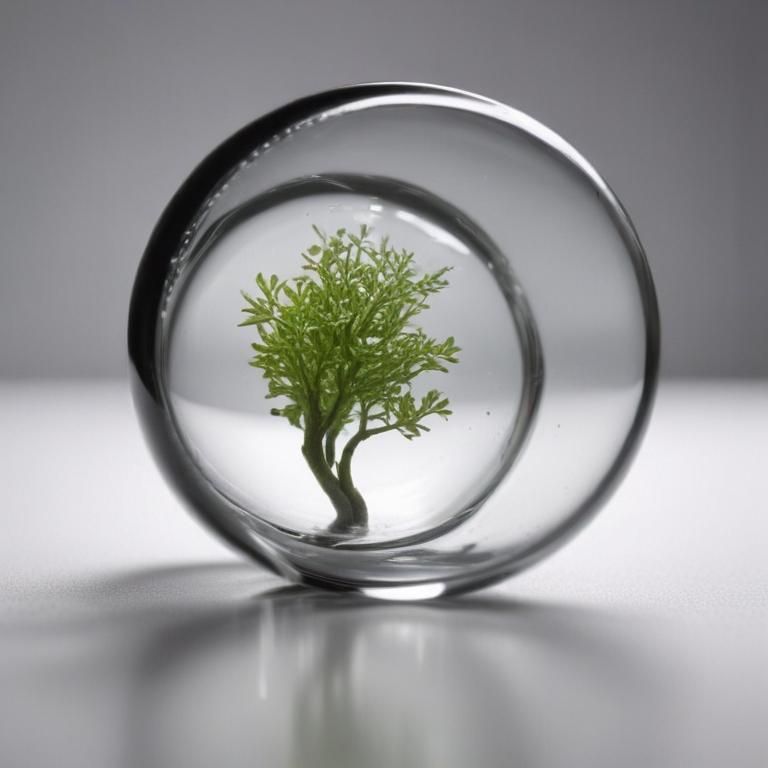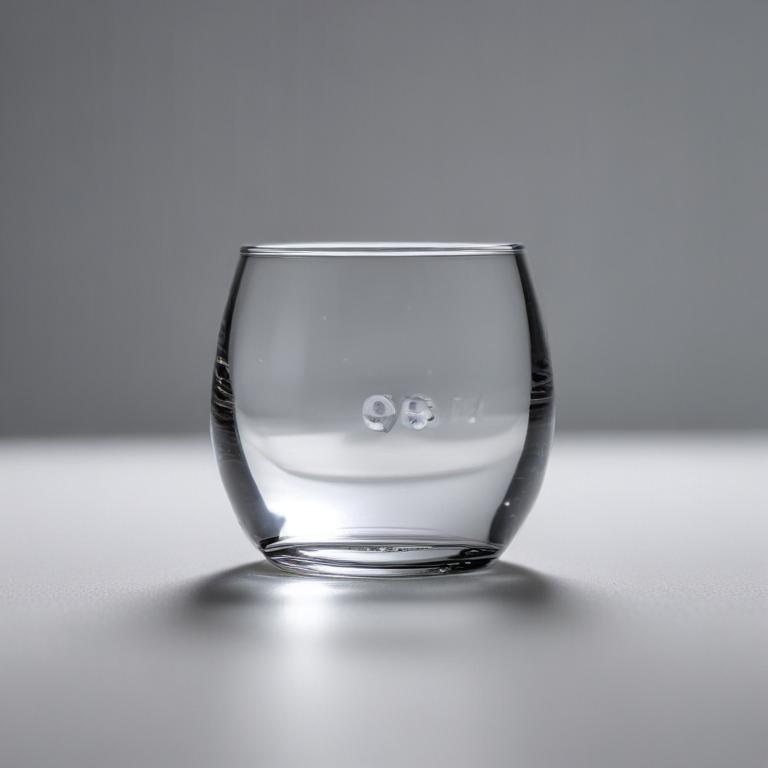发音 (Pronunciation):
IPA: /hæz/
中文近似: 哈斯
中文意思与词性 (Meanings & Part of Speech):
- 有 (v.)
- 具有 (信息待补充)
例句 (Examples):
1. She has a cat.
(她有一只猫。)
2. He has many friends.
(他有很多朋友。)
用法提示 (Usage Tip):
注意 'has' 用于第三人称单数的情况,其他人称则使用 'have'。
更多关于 "has" (More about "has")
单词来源 (Etymology)
来源于古英语 'habban',意为“拥有”。
词根词缀解析 (Root & Affix Analysis)
词根词缀解析待补充。
“has”的字母与词根个性化解读
字母象形/引申义 (个性化参考)
- 字母 'h' 的象形或引申含义可能包括: 梯子 (象形) -> 高, 大; 手 (hand, hold); 房子 -> 隐藏; 拟声 (送气音 哈气); 音变: H=G=K=C, H易脱落。
- 字母 'a' 的象形或引申含义可能包括: 牛角 (象形: 牛头, 力量, 能力); 下面宽上面尖 (形状) -> 延伸, 远处, 高处, 方向, 指示。
- 字母 's' 的象形或引申含义可能包括: 水波纹/走路痕迹 (S象形); 吐气轻细咝 -> 说话 (拟声); 音变: S=C=Z=TH=X。
学习提示:以上针对单词 has 的字母和词根解读,主要基于提供的特定象形及词根资料。这些提示旨在启发联想,而非绝对定论。更通用的记忆规则和原则请参考首页。英语词源复杂多变,实际应用中请结合更全面的词源词典和语言学知识进行深入学习。
常用词组 (Common Phrases)
- has to: 必须
- has been: 已经
其他语言 (Other Languages)
- 德语: hat
- 法语: a
字母整体创意联想
单词 'has' 看起来像一个人正在拥有某样东西,代表“有”的概念。
逐字母创意解读
中文谐音助记
“has”可以联想为“哈,斯”,想象一个人说“我有”时的样子。
相关电影/名言
"With great power comes great responsibility."
(能力越大,责任越大。)
- 《蜘蛛侠》(2002)
趣味知识/故事
在英语中,'has' 是一个非常常见的动词,表示拥有或存在的状态,常用于描述物品、特征或关系。
拓展信息
在语法中,'has' 是一个助动词,常与过去分词连用,构成完成时态。
例如:He has finished his homework.(他已经完成了作业。)
网络参考 (More about "has" from the Web)
"Has" vs. "Have": What's the Difference? | Grammarly
Learn how to use has and have correctly to show possession in different contexts. Has is used with singular subjects and have is used with plural subjects or first and second person pronouns.
"Have" vs. "Has": When To Use Each One - Thesaurus.com
Learn the difference between have and has, two forms of the verb to have, and how to use them in the present tense and the present perfect tense. See examples of have and has with pronouns, verbs, and other meanings.
Has vs. Have: What's the Difference? - Writing Explained
Learn how to use has and have correctly with pronouns and contractions. Has is the third person singular present tense of have, and have is used with the first, second, and third person plural.
更多图片 (has More Images)

